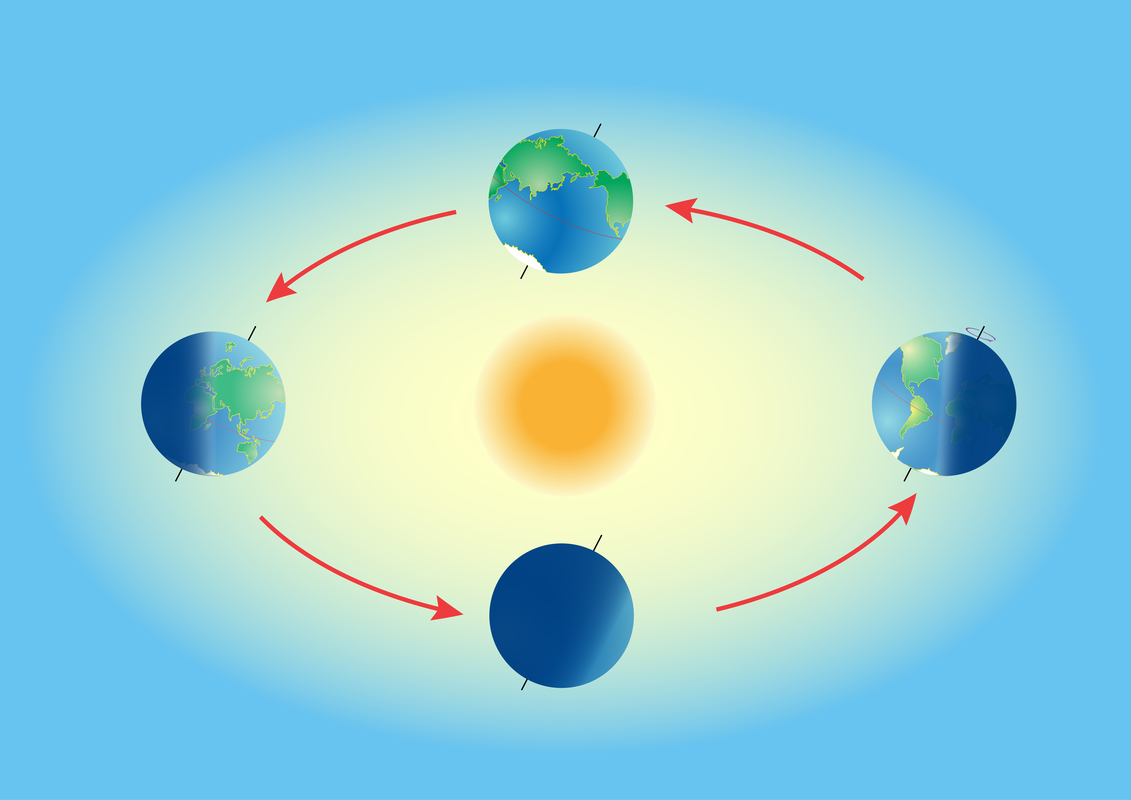10.1 Solar heat radiation
 Different areas on Earth experience drastically different climatic conditions. When Finland is in the midst of a freezing winter, South Africa experiences the heat of summer. This is the combined result of Earth's slanted axis and the planet's yearly movement on its orbit around the Sun.
Different areas on Earth experience drastically different climatic conditions. When Finland is in the midst of a freezing winter, South Africa experiences the heat of summer. This is the combined result of Earth's slanted axis and the planet's yearly movement on its orbit around the Sun.
During different times of the year, different parts of the Earth are slanted towards the Sun. In December and January, the Southern Hemisphere is tilted towards the Sun, whereas in June and July, the Northern Hemisphere is tilted towards the Sun.
When moving closer to the Earth's equator, the climate gradually becomes warmer and steadier. This is due to the fact that the heat radiation of the Sun is concentrated on a smaller surface area near the equator than it is near the polar regions of the planet. As a result, the Sun shines at its warmest on the regions near the equator. In contrast, the heat radiation is less effective near the planet's polar regions.